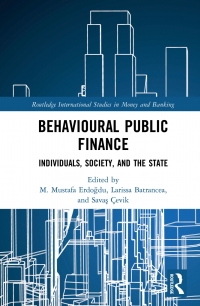Question
111. Which of the following procedures is considered to be a recognized basic step in conducting money laundering? a. Hiding. b. Churning. c. Mixing. d.
111. Which of the following procedures is considered to be a recognized basic step in conducting money laundering?
a. Hiding.
b. Churning.
c. Mixing.
d. Segregating.
e. None of the above.
112. Which of the following two money laundering activities are essentially the same:
a. Layering and integration.
b. Churning and layering.
c. Placement and integration.
d. Churning and integration.
113. In money laundering, structuring can refer to the process of:
a. Building an electronic alibi to show that a suspect was not near a money laundering operation.
b. Trading illegal cash for assets.
c. Hiding illegal cash in a structure such as a safety deposit box.
d. Sequencing a series of cash withdrawals that fall below the $10,000 criteria to trick a financial institution into not reporting the withdrawals to the federal authorities.
115. Which statement is false?
a. Circumstantial evidence does not prove an issue directly.
b. Direct evidence is always more compelling than circumstantial.
c. A party who has the burden of proof also has the burden of producing evidence.
d. The burden of proof in a civil trial is the preponderance of the evidence.
e. None of the above is false.
116. Which statement is false?
a. Evidence does not have to prove an issue directly.
b. Evidence of habit may be admissible.
c. Evidence of liability insurance is admissible in federal court.
d. Once it has been determined that a privilege applies, this information may be used in discovery.
e. None of the above is false.
Step by Step Solution
There are 3 Steps involved in it
Step: 1

Get Instant Access to Expert-Tailored Solutions
See step-by-step solutions with expert insights and AI powered tools for academic success
Step: 2

Step: 3

Ace Your Homework with AI
Get the answers you need in no time with our AI-driven, step-by-step assistance
Get Started


